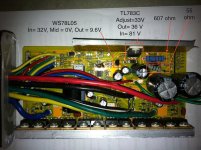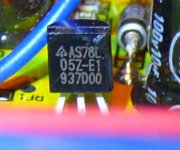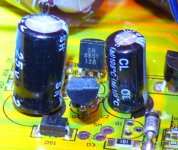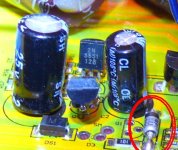NeilP
1 GW
Havve been running a test bike with a 24 series pack but with the batteries below full charge..98 volt..94 volt etc.
Charged the pack up just now, but let it go a bit far, to just over 100 volt...100.3
Plugged it in to controller, forgot the precharge, so the usual spark..and CA lights up...but controller no longer works.
Lights do not flick on on the cruise control and no response when moving the throttle...
Checked and the 5volt line is at 1.13 volts. so looks like the 100 volt has zapped something
LED comes on, on the controller...but other than that it does not work
So what is the fix? Voltage reg? have not even taken it apart yet..is this going to be an easy fix? what do you all reckon?
Charged the pack up just now, but let it go a bit far, to just over 100 volt...100.3
Plugged it in to controller, forgot the precharge, so the usual spark..and CA lights up...but controller no longer works.
Lights do not flick on on the cruise control and no response when moving the throttle...
Checked and the 5volt line is at 1.13 volts. so looks like the 100 volt has zapped something
LED comes on, on the controller...but other than that it does not work
So what is the fix? Voltage reg? have not even taken it apart yet..is this going to be an easy fix? what do you all reckon?







